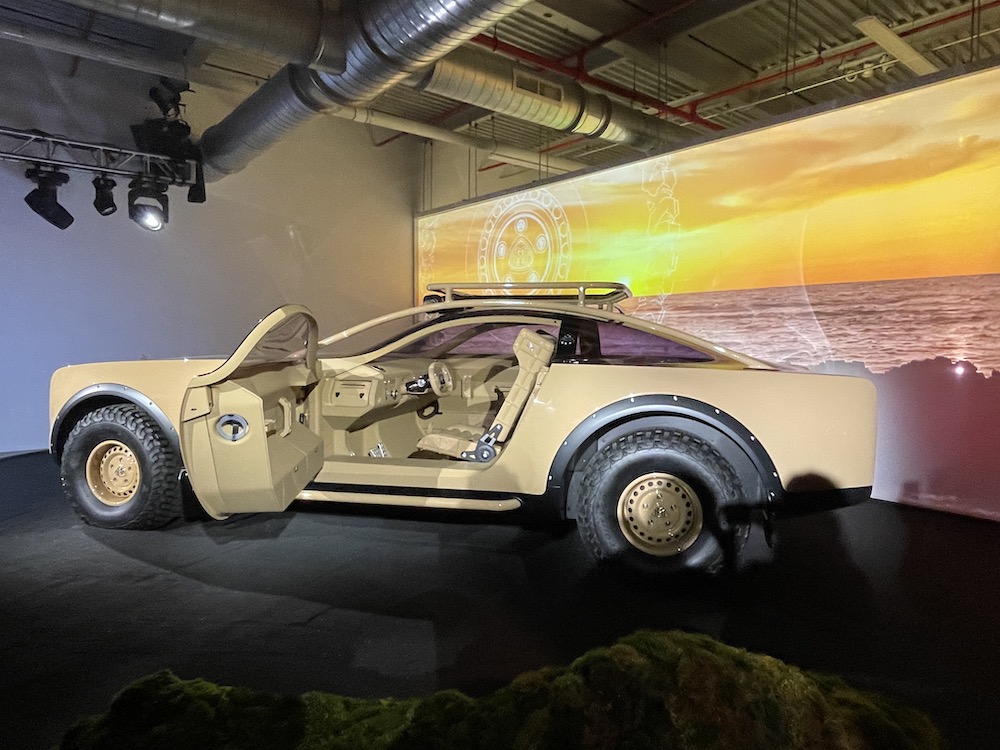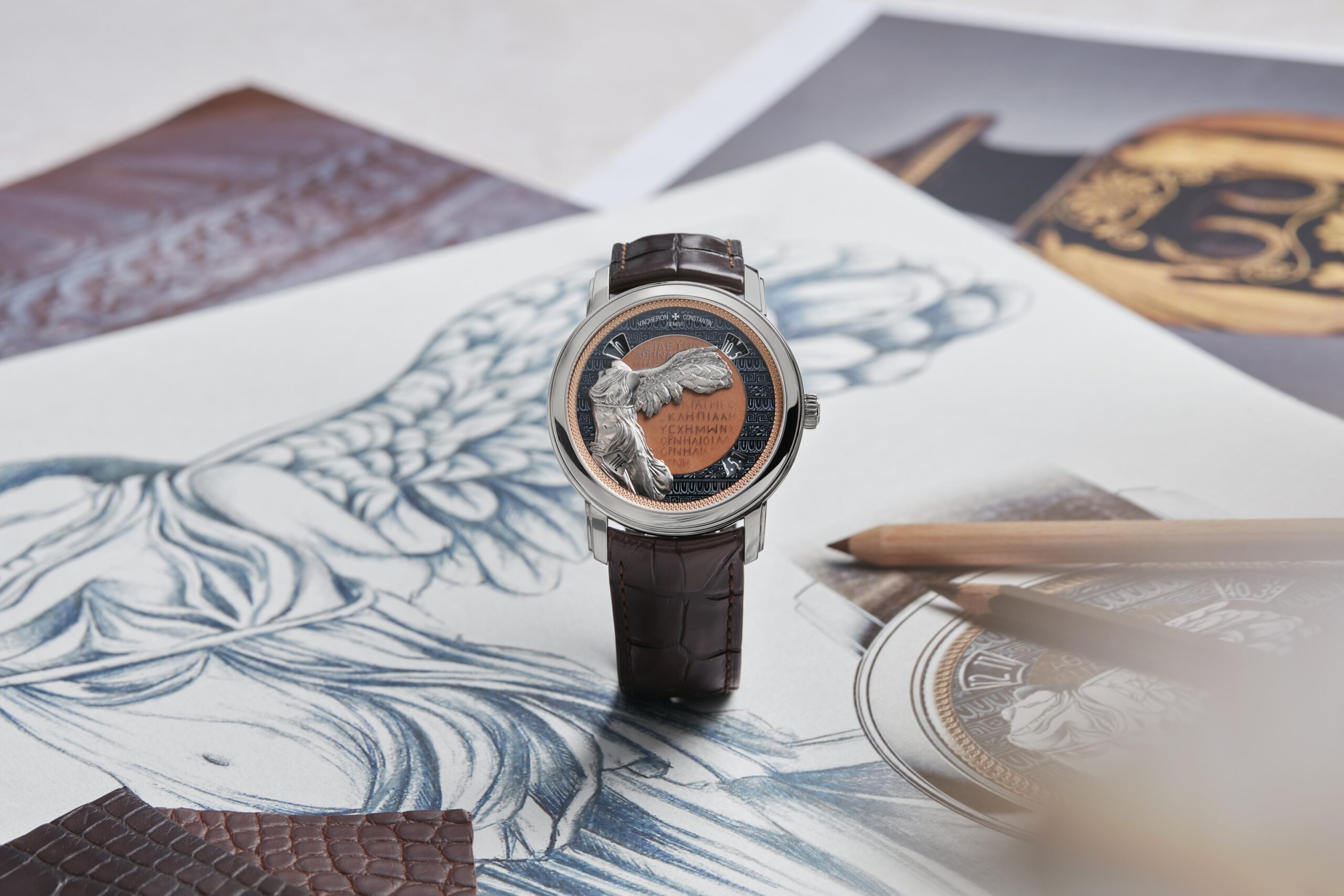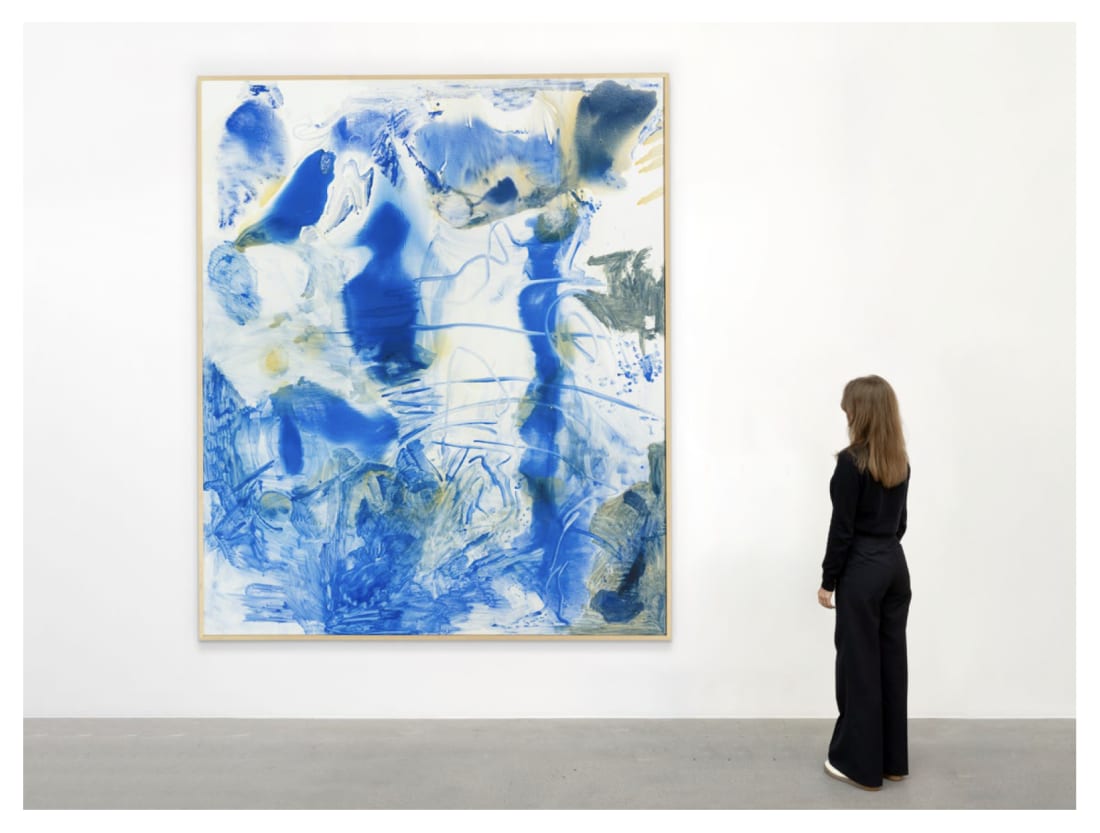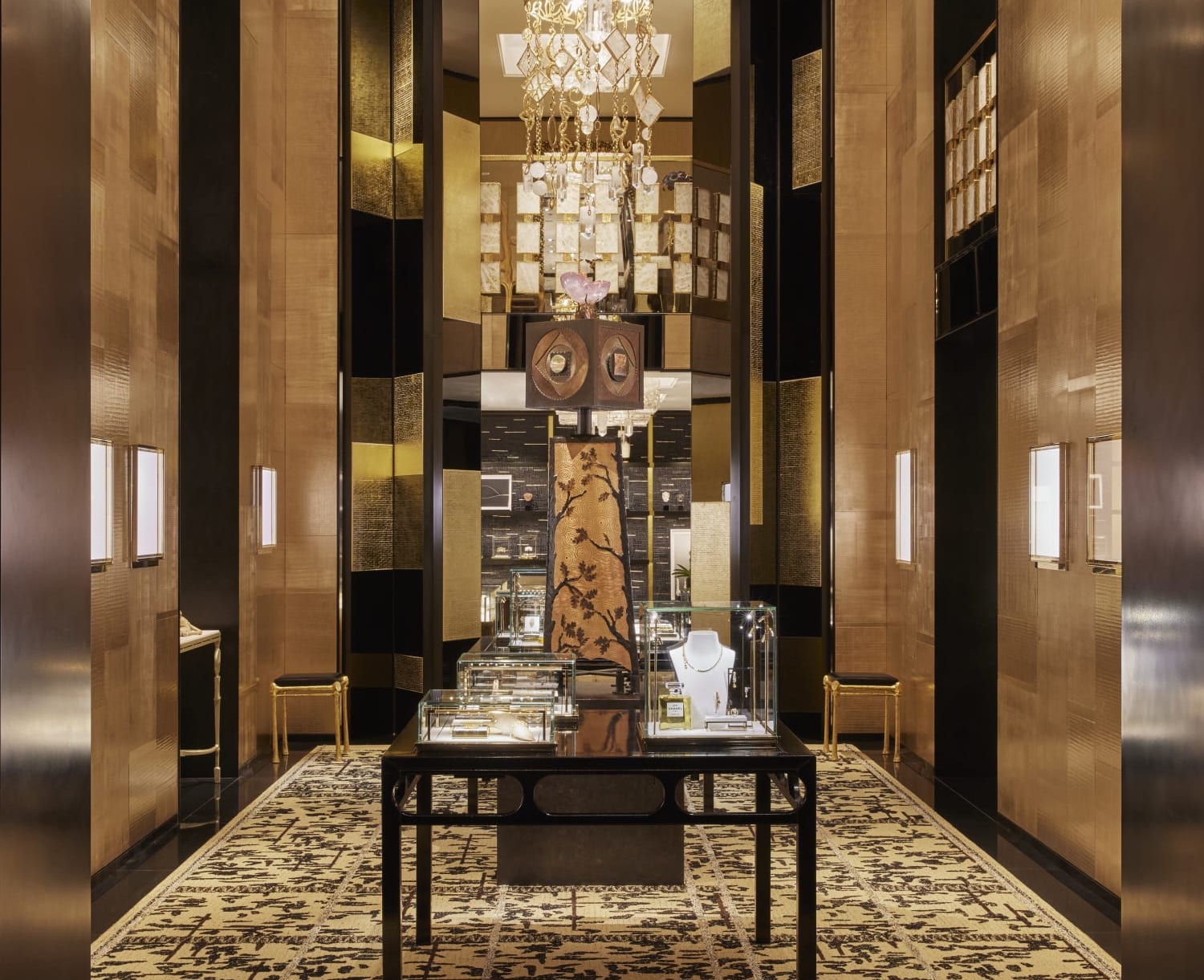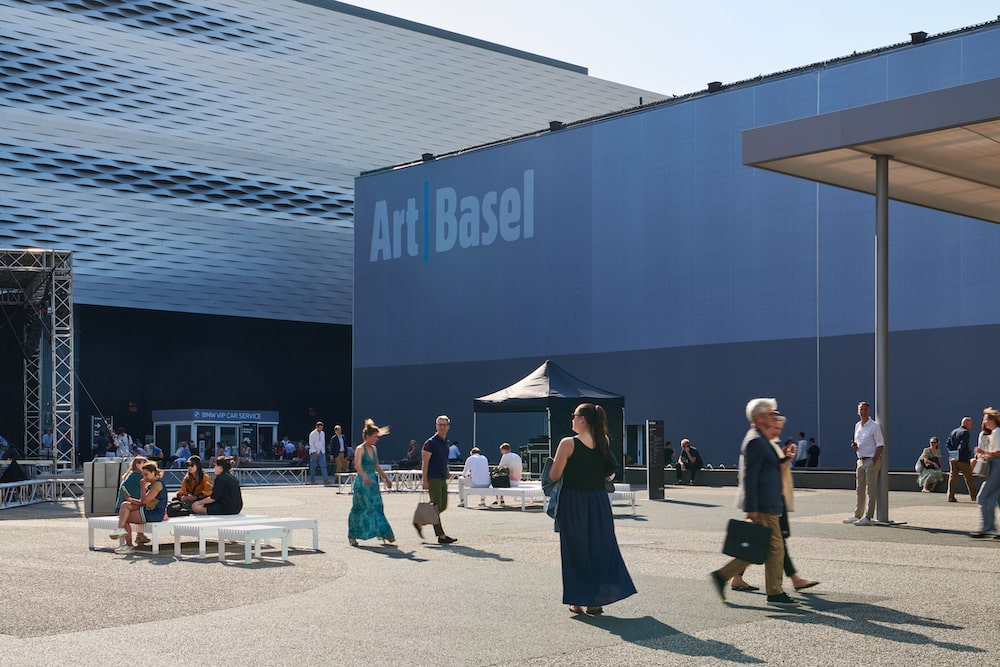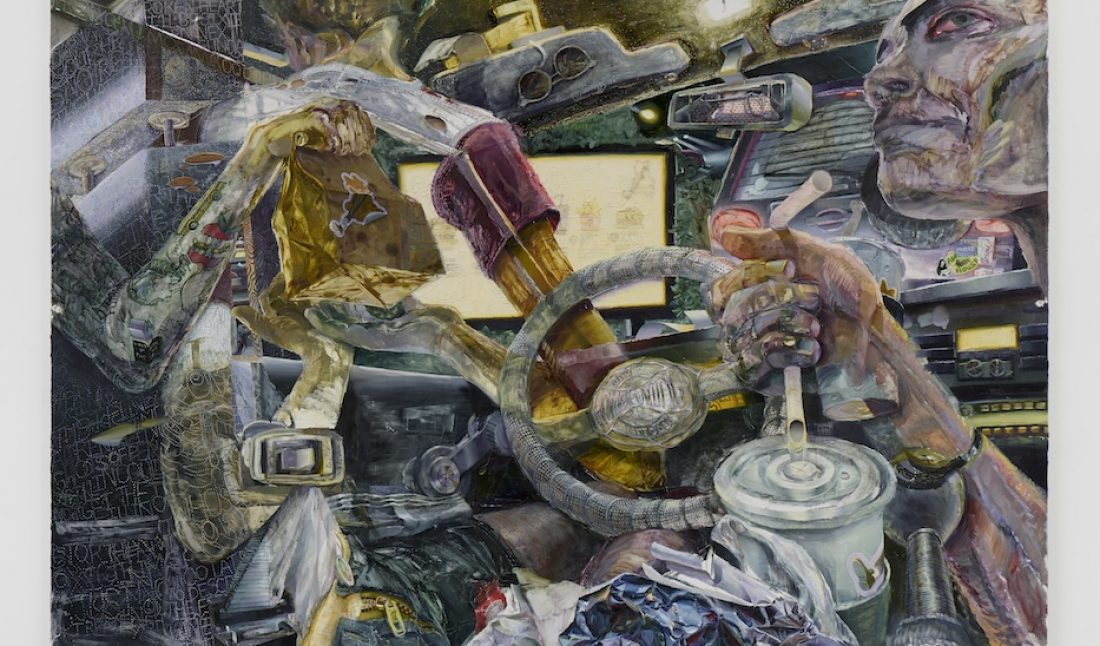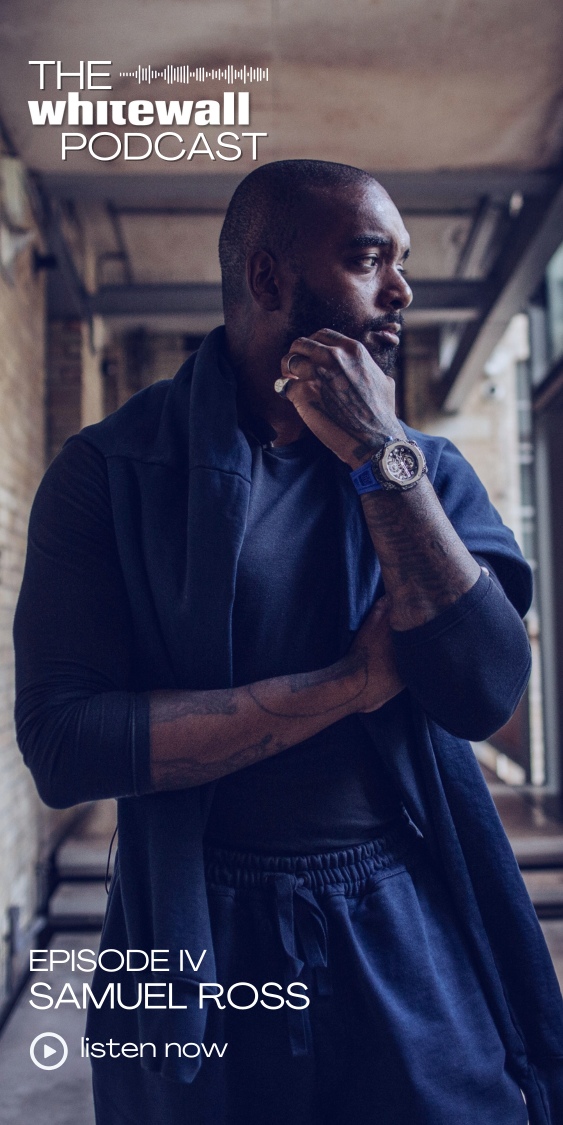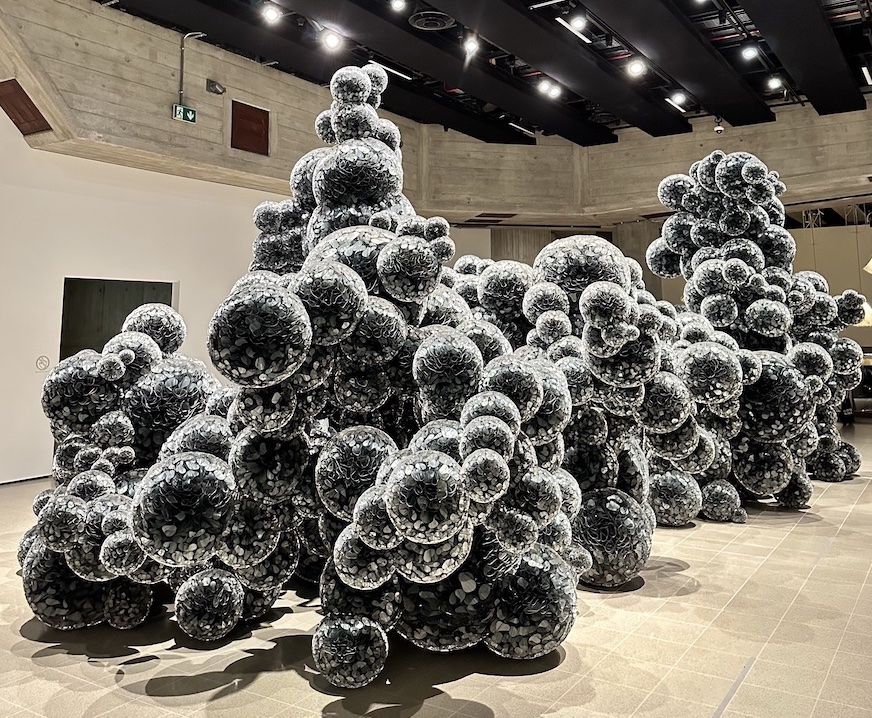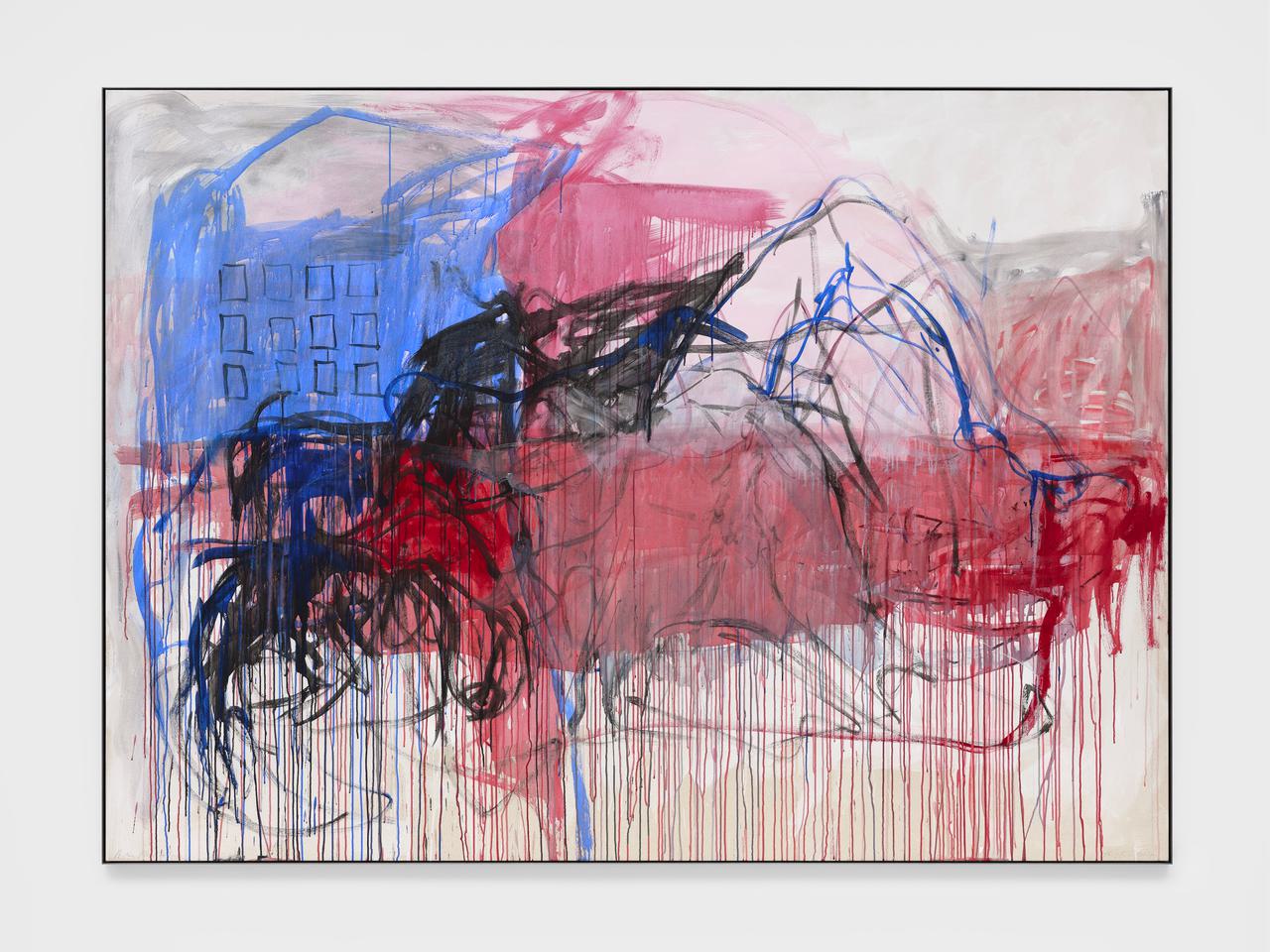Danica Lundy‘s technique is nothing short of alchemical. She masterfully blends the ordinary with the extraordinary, creating scenes that are both haunting and captivating. Her meticulous, almost surgical approach innovatively incorporates subtle references to the Old Masters, resulting in compositions that are visually stunning and thematically complex.
Each canvas is a detailed exploration of the structures of power that permeate our daily lives. Lundy’s brushstrokes mimic the precision of an X-ray scan, revealing hidden layers and subtle dynamics that shape our existence. Techniques such as cropping, flattening, and magnification bring everyday objects into sharp focus, heightening the timeless and immersive quality of her compositions. Her use of reflective surfaces and unconventional perspectives amplifies the visual noise, making invisible structures of power visible and prompting reflection on the complex interplay between personal and societal forces. These tactile qualities create a sense of materiality and presence, enhancing the viewer’s engagement with the artwork. Danica transforms the flat plane of the canvas into a three-dimensional space. Through vantage points within the subject and subtle shifts in technique, hue, and tone, she creates an illusion of depth and volume that draws the viewer into the scene. This approach lends her work remarkable clarity and intensity as if one could peer beneath the surface of reality itself. Her meticulous modulation of composition, texture, and color not only breathes life into her paintings but also underscores the multi-layered narratives they convey.
In her second exhibition with White Cube Mason’s Yard in London, “Boombox,” Lundy explores the pervasive influence of power structures on our bodies, relationships, and social strata. Her detail-laden, panoptical compositions subject everyday events to the scrutiny of an augmented lens, merging images and manipulating proportions to create a poetic framework where the familiar transforms into the uncanny. Often listening to music while she works, Lundy describes how “music logic” underpins the rhythmic orchestration of her images, likening her paintings to a well-crafted album that transports viewers through time and space.
“Boombox” (May 15-June 29, 2024) demonstrates Lundy‘s ability to weave autobiographical elements into larger narratives that resonate on a universal scale. Her paintings are not just seen; they are experienced, each one a portal into a world where the boundaries between the internal and external blur. In this interview, we delve into the mind of Danica Lundy, exploring the inspirations behind her captivating work, the intricate processes she employs, and the profound messages she seeks to convey.
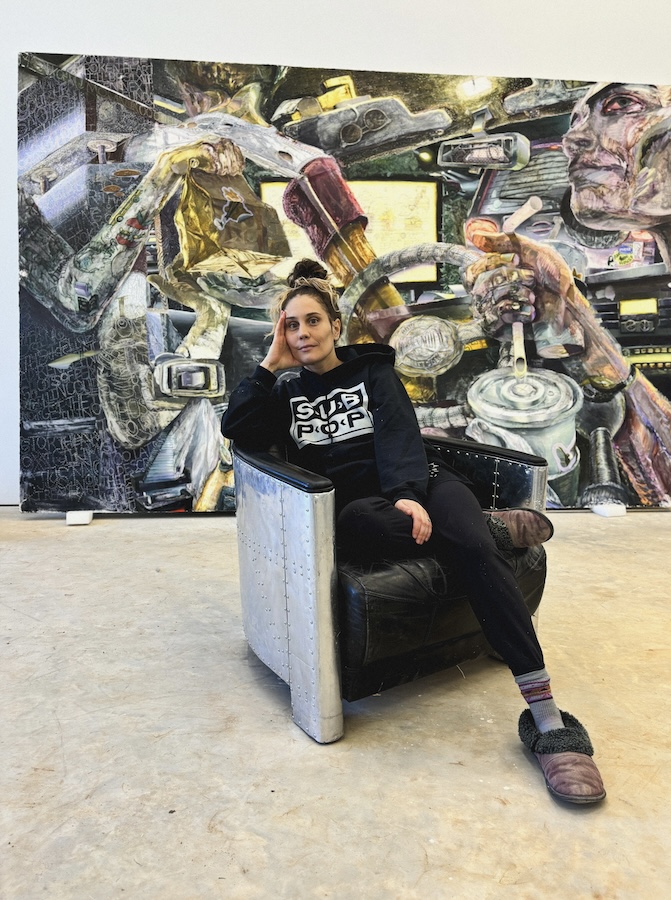 Danica Lundy, 2024. © White Cube.
Danica Lundy, 2024. © White Cube.
WHITEWALL: In “Boombox”, your exploration of power structures shaping daily life is intellectually provocative. How do you navigate the nuanced interplay between the overt and subtle manifestations of power within your visual narratives?
DANICA LUNDY: I paint what I see (and what I can’t see) and try to get as much of the picture as possible. How power materializes in various circumstances is never clear-cut, even if it initially appears that way. I think that’s as good a place as any to start a composition.
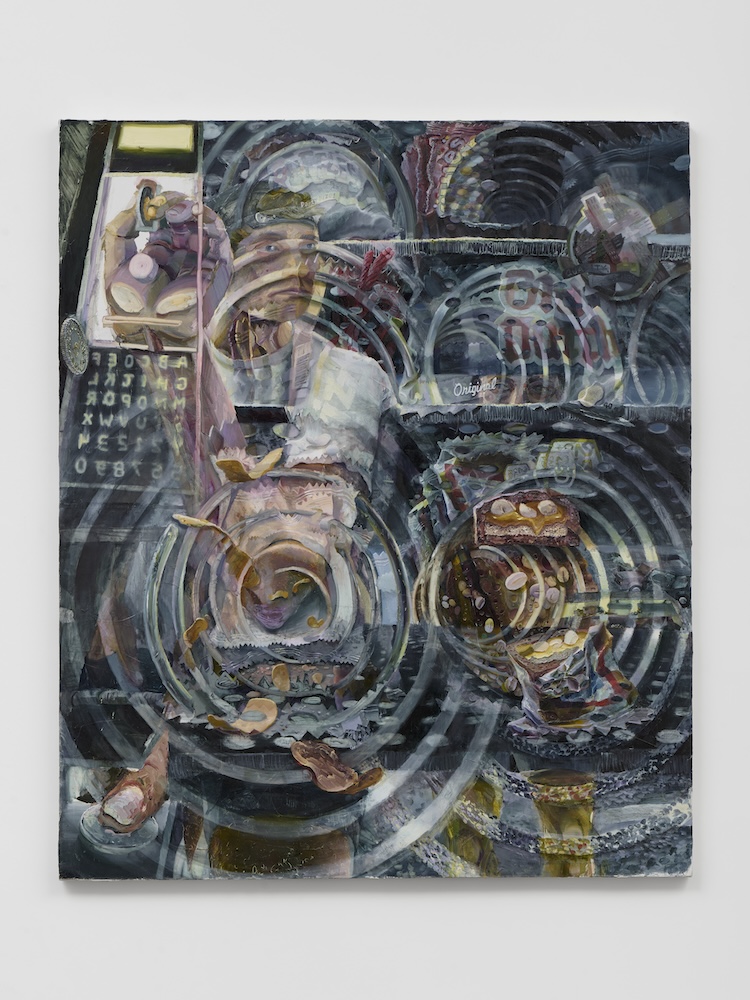 Danica Lundy, “Vending machine”, 2024. © White Cube.
Danica Lundy, “Vending machine”, 2024. © White Cube.
The Musical Language of Painting
WW: Music seems to play a compelling role in your creative process, influencing the rhythm and composition of your work. Could you delve deeper into how you translate the temporal dimensions of music into the spatial compositions of your paintings?
DL: It’s hard to articulate exactly, and maybe that’s the point. Painting is made and communicated in its own language, and the closest one that seems universally relatable is music. So I guess I’m using music as an analogy as much as my listening—or translating it conceptually to painting—is a component of my practice.
In a good song, as in good paintings, there’s a driving force you can feel that can’t be easily spelled out. A song is a story, an unfinished thought, or a feeling that marks a particular moment in time; its duration forms a box that contains it, like a canvas does for a painting. It’s never just one thing; it’s made up of different instruments and ideas and decisions on how to apply them. My sister, who is a musician, has shown me the degree to which her vocals can differ depending on the effect applied. Dry? Reverb? Slapback? With painting, part of it is deciding how to apply the paint, and why: texture, form, color? For those decisions, I follow intuitive, interior rhythms.
Maybe I’m extending this metaphor too far, but there’s another facet: if it isn’t heard, it stops there, like a tree falling in a forest. But what it does to someone who listens to it is both lasting and unknowable. The relationship between you and a song that moves you is specific and personal. I try to make my paintings feel that way to me, in the hope that mysterious, extenuated thing, whatever it is, can be absorbed by a viewer.
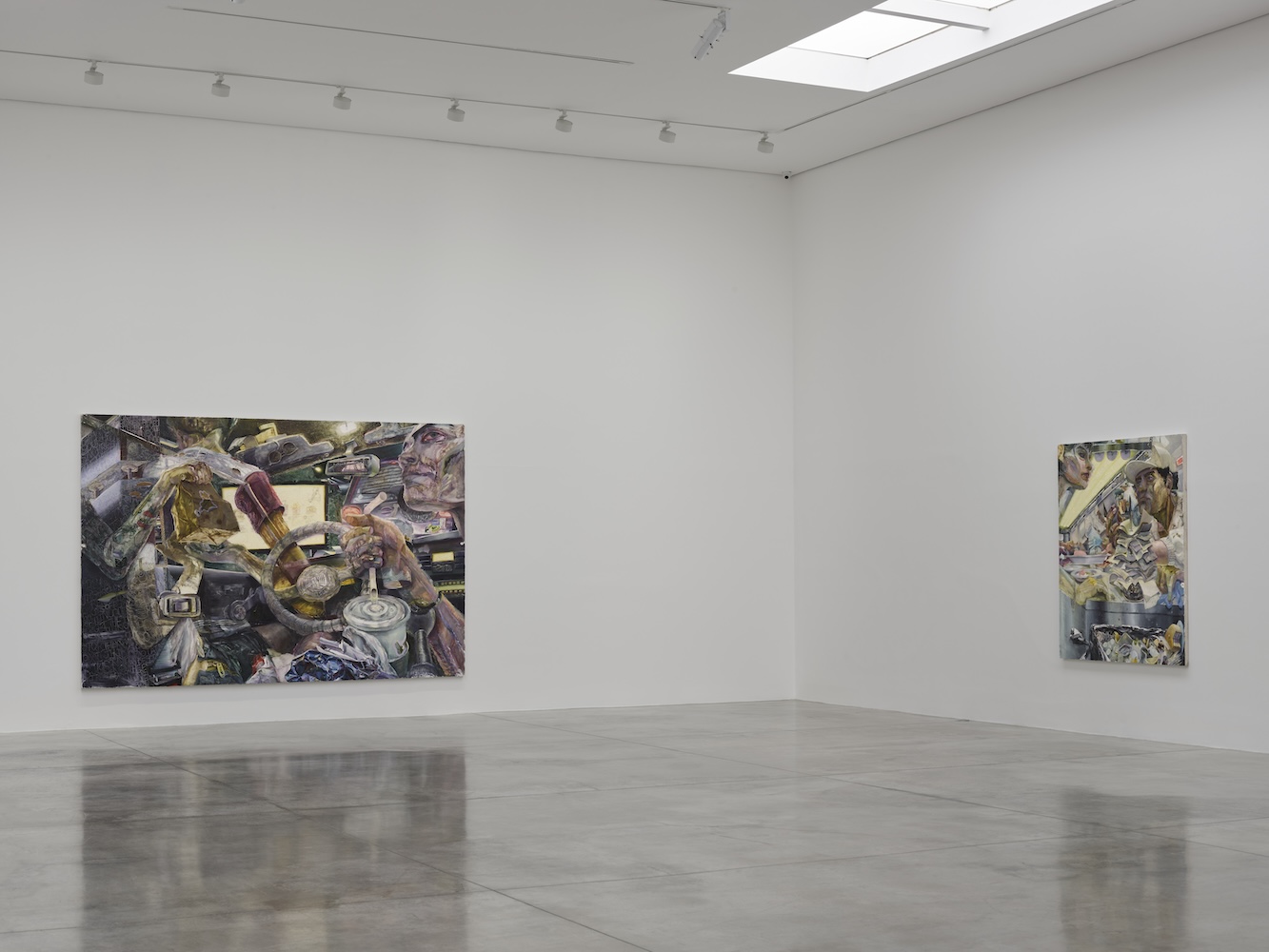 Danica Lundy, “Boombox”. White Cube Mason’s Yard, 15 May – 29 June, 2024. © White Cube.
Danica Lundy, “Boombox”. White Cube Mason’s Yard, 15 May – 29 June, 2024. © White Cube.
“In a good song, as in good paintings, there’s a driving force you can feel that can’t be easily spelled out,” — Danica Lundy
WW: Your painting “Bowery Ballroom II” captures a poignant moment from your personal history. How do you navigate the balance between autobiographical elements and broader thematic explorations in your art?
DL: Generally, I start from a personal place where the well is fullest. From there, I branch out to feel for something larger, endemic, knowable. Doing that gives me space to tackle multiple ideas and perspectives at once.
Billie Eilish just came out with a song called “The Diner” on her new album—I’ve had it on repeat—written about a stalker trying to get into her house and life. It immediately sounds like something she’s experienced. But instead of writing from her own perspective, the famous person being stalked, she playfully embodies the position of the stalker. In doing this, she gets to poke and prod at celebrity, fandom, desperation, obsession, lust, etc. to which she likely has dual relationships. She’s able to bridge the gap between her and the creepy guy in the bushes and play with the space in between.
WW: The recurrence of motifs and symbols across your paintings, such as the apple core tattoo and text, adds layers of meaning and connectivity. How do these elements contribute to the overall narrative of your exhibition?
DL: I think about them as little conspiracies or whispers shared between paintings—maybe a game of telephone. Some of the symbols are universal and already loaded with meaning, some are more personal. The hope is that as they shift and mutate from painting to painting, they start to ‘speak’ to anyone who looks (listens) closely.
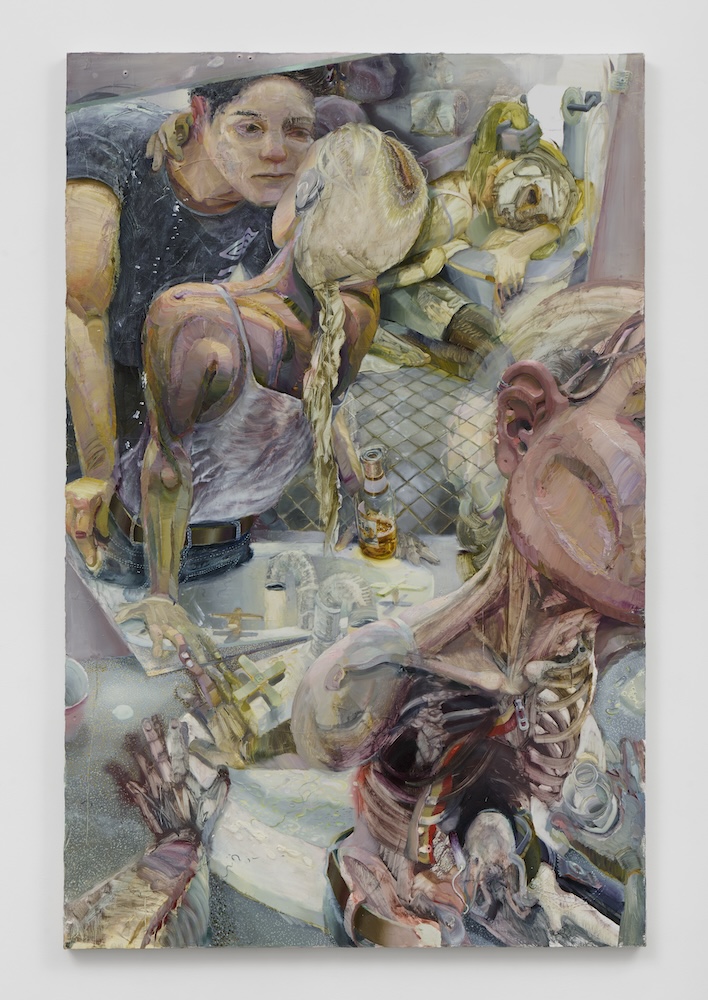 Danica Lundy, “I like the boys and the boys like me”, 2023. © White Cube.
Danica Lundy, “I like the boys and the boys like me”, 2023. © White Cube.
Art as Visceral Protest and Provocative Entry Point
WW: “Yank” tackles themes of bodily agency and power dynamics, particularly in the context of reproductive rights. Can you discuss the significance of using art to engage with such socio-political issues?
DL: Art has functioned, subtly or not, as protest for a long time. It’s hard not to push up against a dark present when you’re alive, alert, (ovulating, pregnant) and making paintings in the States in the post-Roe era.
WW: The title of your painting “Burn one, drag it through the garden” offers a provocative entry point into the work. How do you incorporate everyday language and experiences into your artistic practice?
DL: The restaurant industry is crazy—so many half-visible hierarchies at work. Same with the art industry. My father-in-law actually came up with that specific title, which I loved… It’s a diner lingo directive from the 50s on how to cook and garnish a burger. The absurd violence of it seemed apt to me.
WW: Your work often blurs the boundaries between the internal and external, exploring the porous nature of existence. How do you see painting as a medium uniquely suited to convey these ideas of permeability and interconnectedness?
DL: Paint’s a good shapeshifter. You can make it thin, thick, goopy, parched, matte, glossy, translucent, or opaque. You have to put it to work to see what it can do. With painting, you are limited by what you can imagine pictured. If you can figure out how to bend a concept to your will, figure out where and how it intersects with the medium, then you have a conduit very well suited for translating an interior vision into a visual object.
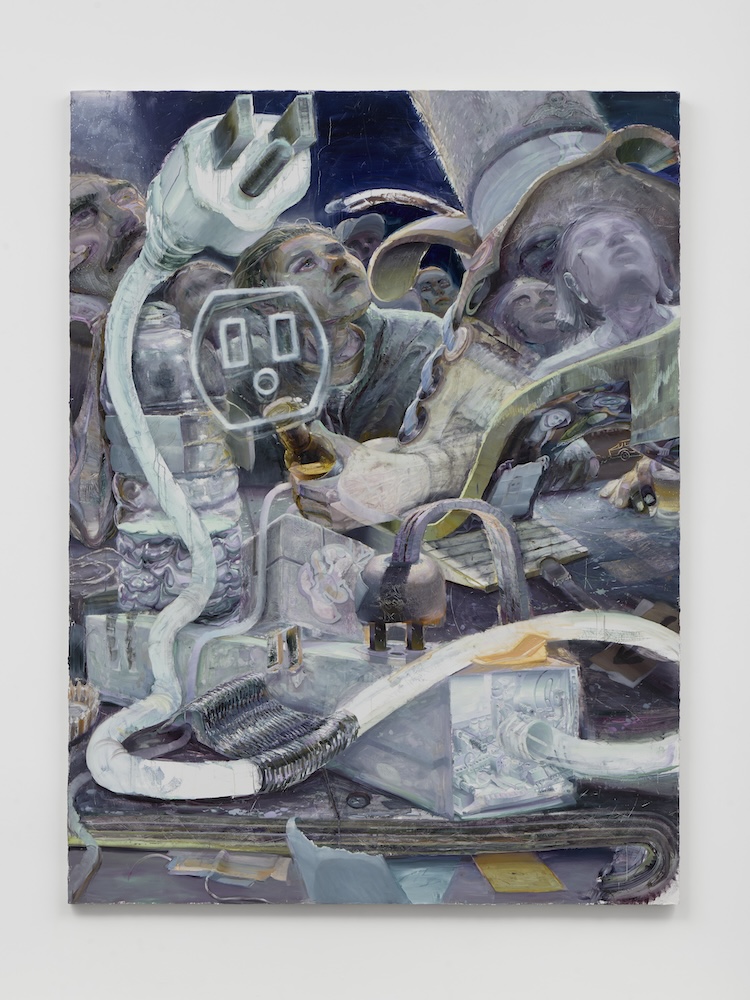 Danica Lundy, “Bowery ballroom II,” 2024. © White Cube.
Danica Lundy, “Bowery ballroom II,” 2024. © White Cube.
